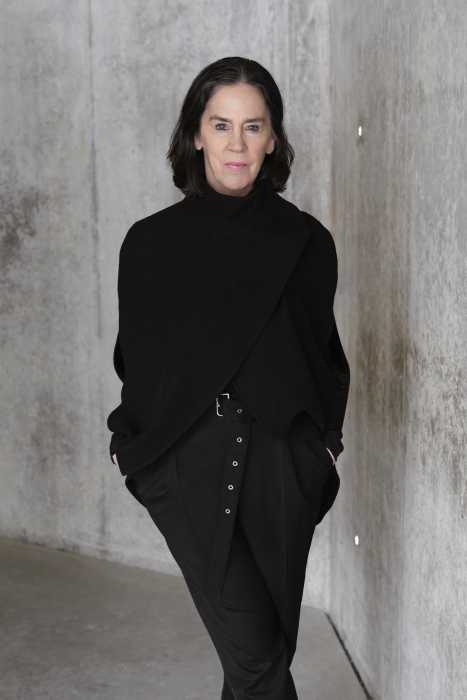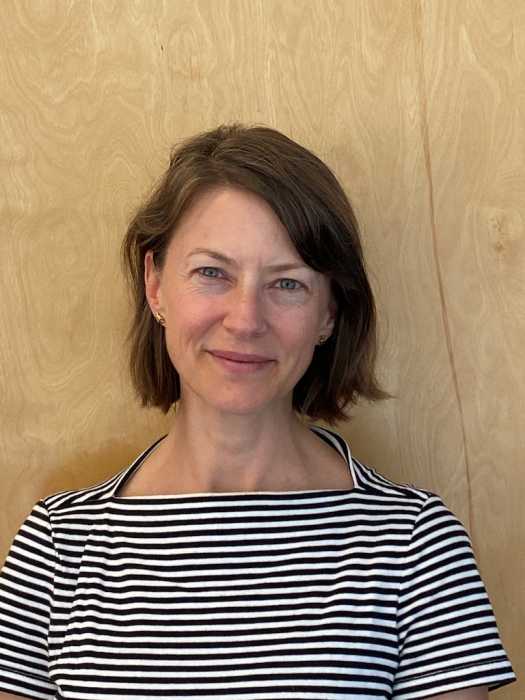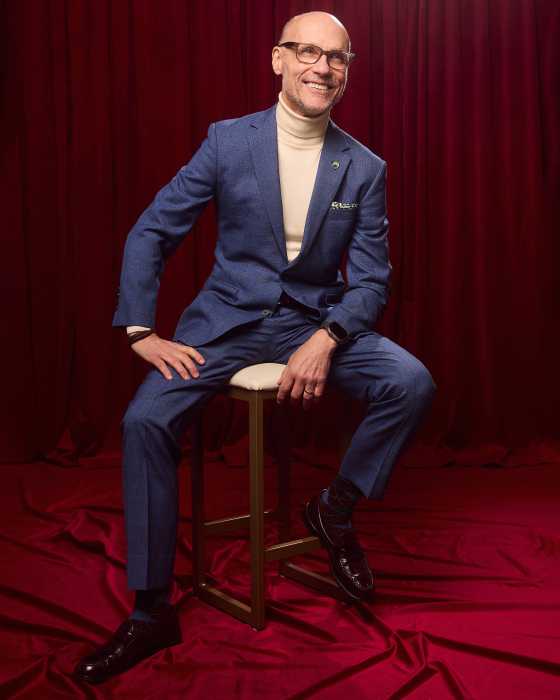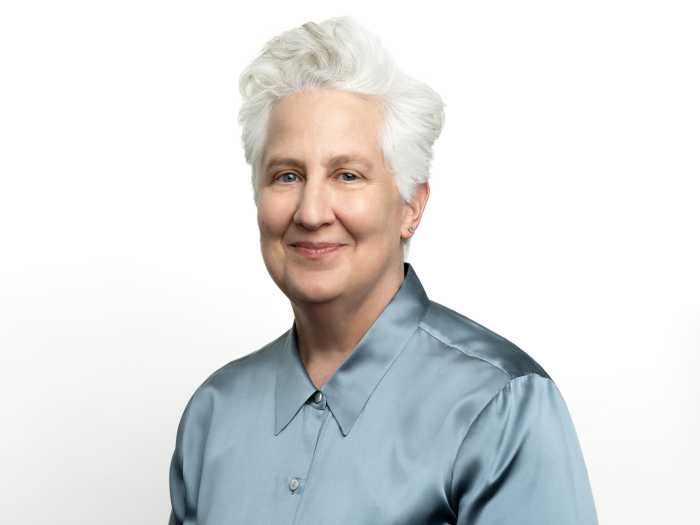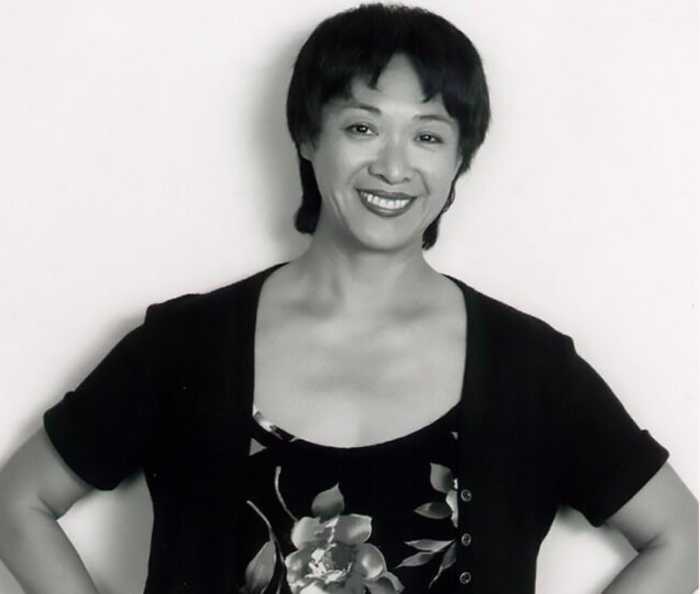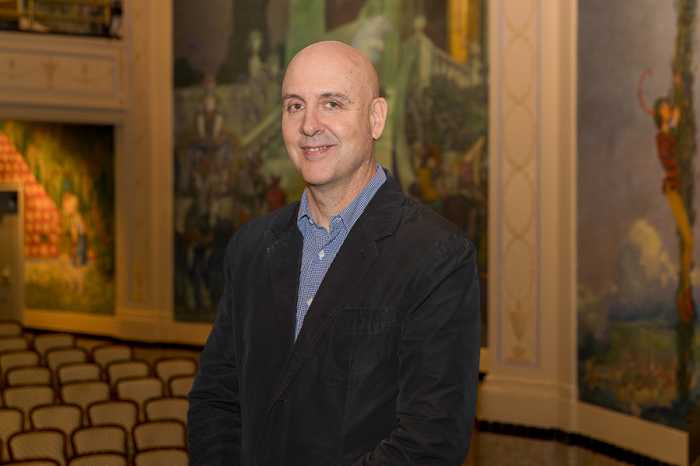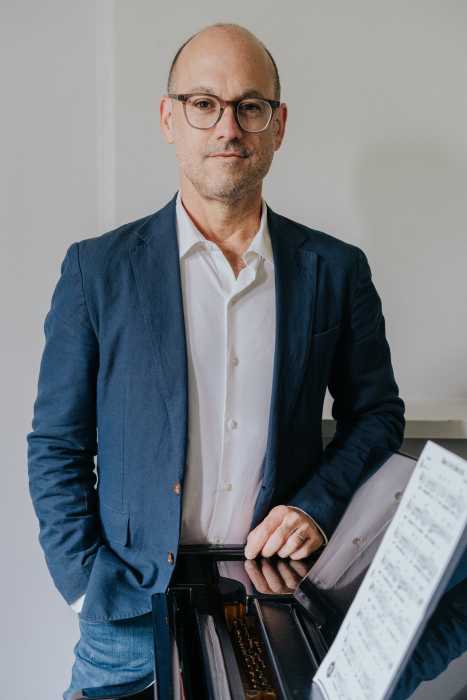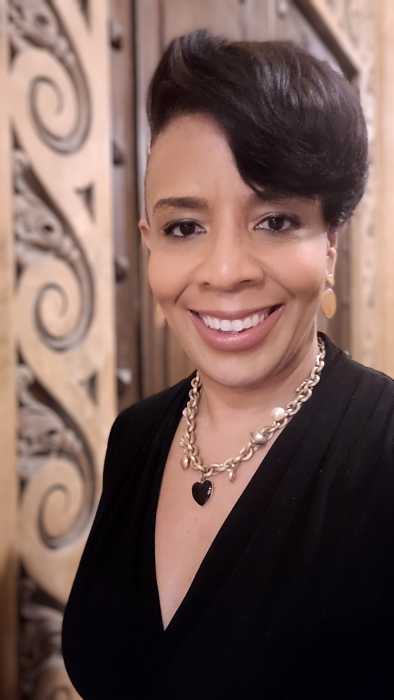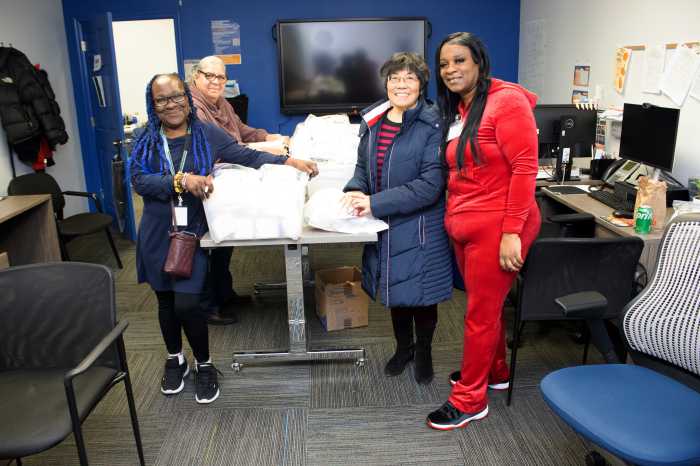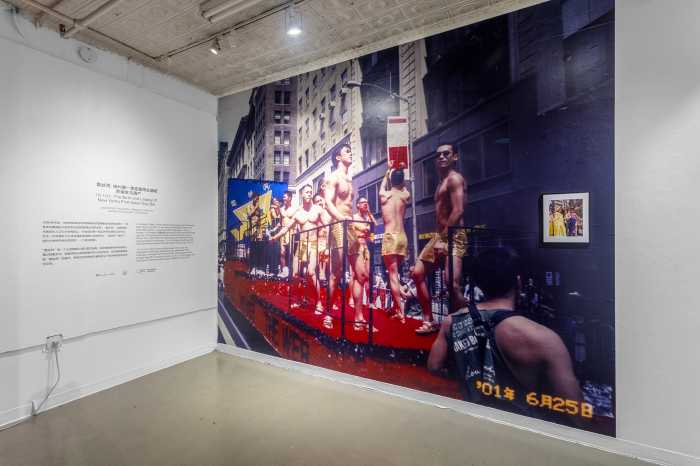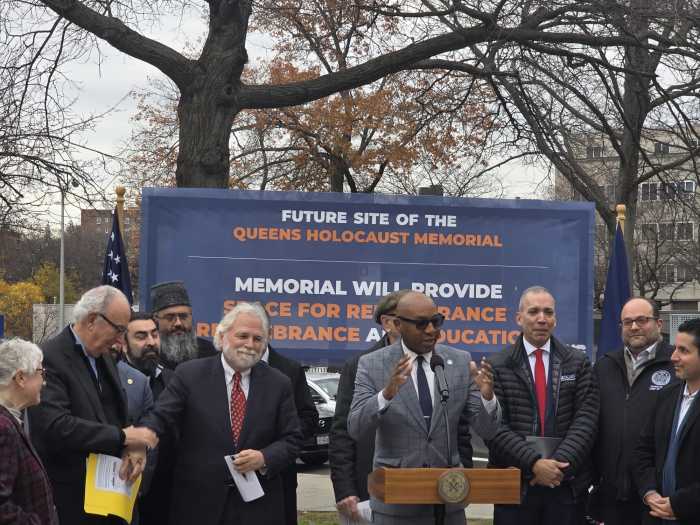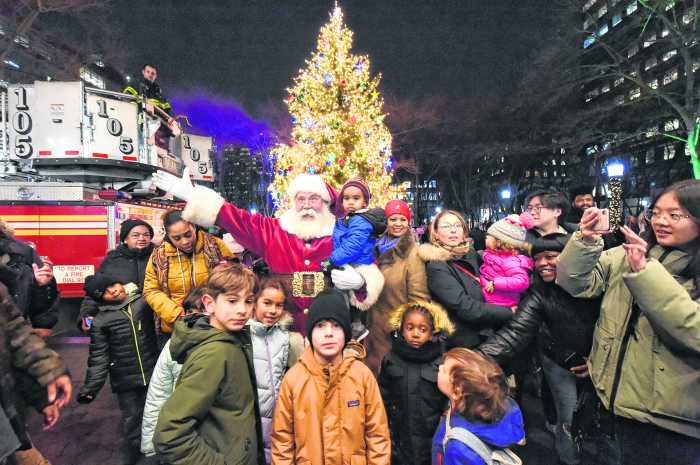Jason T. Busch is the Becky and Bob Alexander director and CEO of the American Folk Art Museum. He joined the Museum in 2018. Busch has decades of curatorial and leadership experience in the arts throughout the United States, and previously held roles at the Wadsworth Atheneum Museum of Art in Hartford, Connecticut; the Minneapolis Institute of Art; the Carnegie Museum of Art in Pittsburgh; the Saint Louis Art Museum; and Sotheby’s in New York.
If you could attend any event, show, or exhibit in the city this month, what would it be and why?
The Frick Collection has long been a personal favorite, and the reopening this month to the public is a welcome homecoming for one of the city’s most beloved institutions.
How can policymakers and everyday New Yorkers support arts and culture within the city?
In the face of unprecedented pressure on arts funding around the country, New York’s policymakers must be vocal in their commitment to supporting the city’s cultural institutions. I firmly believe that the support of our local leaders will inspire the public to rally around their local organizations and strengthen all institutions throughout the city.
New York has historically been considered the culture capital of the world. How do you feel the city upholds this legacy in 2025?
We must not take for granted the city’s reputation as a global arts and culture leader. It is paramount for the city and the state to ensure that the arts and culture have a secure and stable future in New York, building a more inclusive and supportive environment that provides greater funding and opportunities for the community to grow and thrive.



